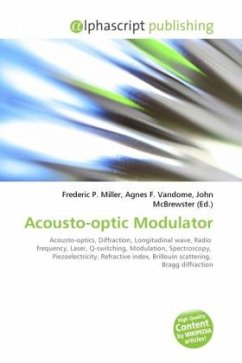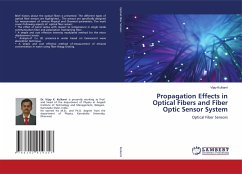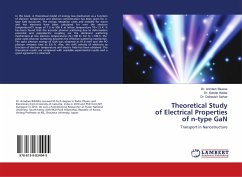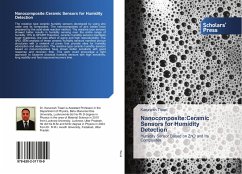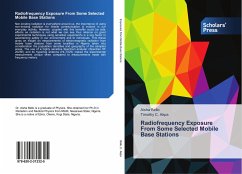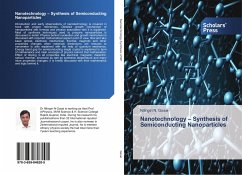
Theoretical and experimental study of an acousto-optic deflector
Versandkostenfrei!
Versandfertig in 6-10 Tagen
40,99 €
inkl. MwSt.

PAYBACK Punkte
20 °P sammeln!
The acousto-optic phenomenon is based on three effects; the piezoelectric effect concerns the conversion of an electrical signal into acoustic one, the photoelastic effect has a direct relation with the elastic behavior of the medium and its optical parameters and ultimately the light-ultrasound interaction. This phenomenon is realized by sending a high frequency ultrasonic wave in an elastic medium using a piezoelectric transducer. The interaction of ultrasonic waves with light leads to the diffraction phenomenon. This latter depends on the ultrasonic wave shape (sinusoidal, amplitude modulat...
The acousto-optic phenomenon is based on three effects; the piezoelectric effect concerns the conversion of an electrical signal into acoustic one, the photoelastic effect has a direct relation with the elastic behavior of the medium and its optical parameters and ultimately the light-ultrasound interaction. This phenomenon is realized by sending a high frequency ultrasonic wave in an elastic medium using a piezoelectric transducer. The interaction of ultrasonic waves with light leads to the diffraction phenomenon. This latter depends on the ultrasonic wave shape (sinusoidal, amplitude modulated and frequency modulated). In this work, we theoretically study all these cases of diffraction following the same steps of those who preceded us in this field, starting form acousto-optic interaction principle to finally reach a very important relationship between the diffracted order position and the modulating signal. Then, in order to check the proposed theoretical development a series of experiments are conducted.



